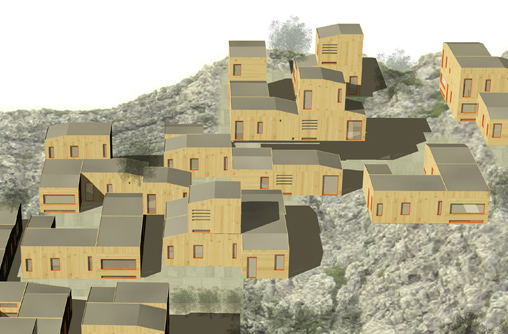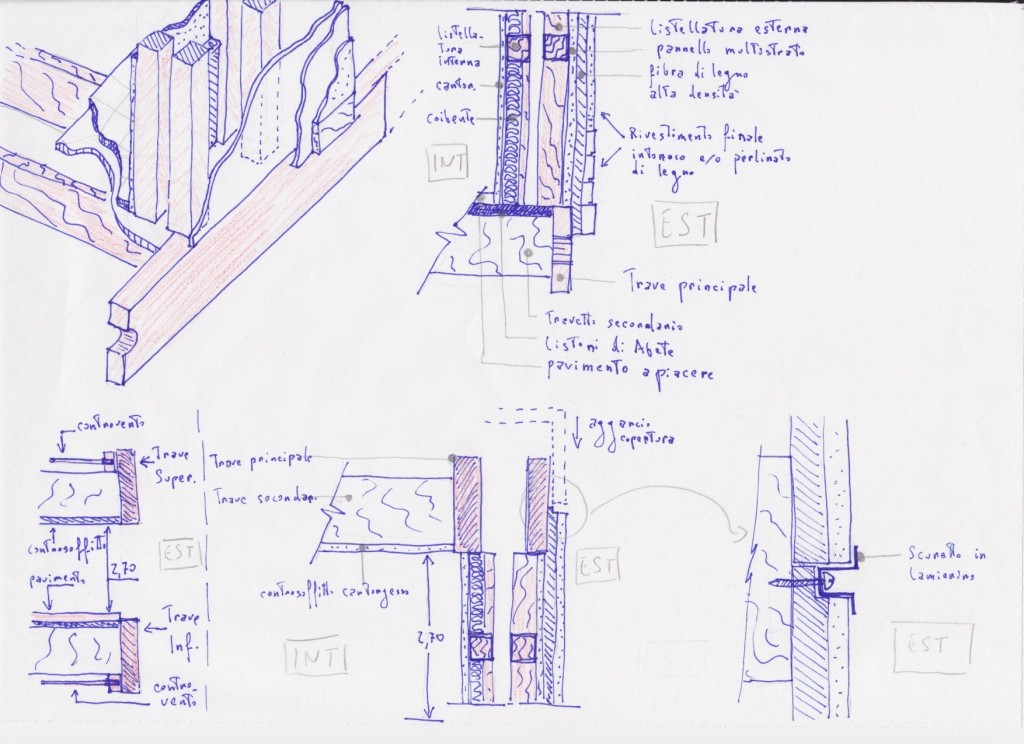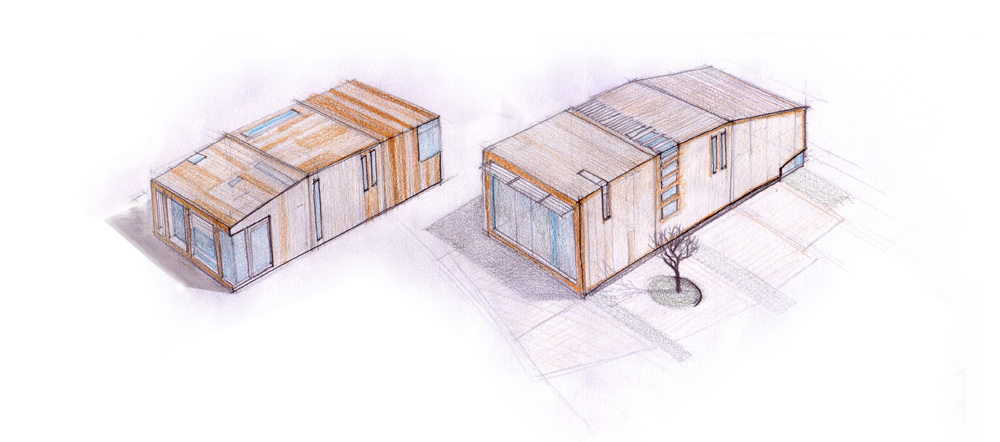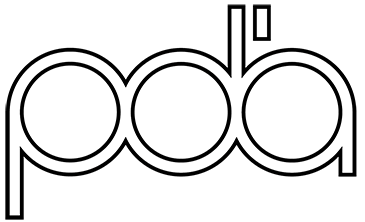
Immaginiamo per un attimo di catapultarci nel futuro delle nostre città; lo scenario è frastagliato e inquietante. Di scenari futuribili ne abbiamo collezionati parecchi negli ultimi quarant’anni tra cinema, letteratura e continue notizie di catastrofi che hanno alimentato in peggio la nostra immaginazione; veniamo ogni giorno inondati da dati agghiaccianti che ci vorrebbero tutti scomparire tra una cinquantina d’anni o più per colpa del nostro stile di vita. Forse, però, tali previsioni catastrofiste sono eccessive. Siamo sicuri che non ci sia nulla dietro all’allarmismo? Quando si parla troppo a lungo di un argomento magari con frasi fatte e sempre con la stessa intensità, si sfocia nel discorso di propaganda, un meccanismo che ha il compito di orientare il mercato verso un certo tipo di prodotti. L’utilizzo continuativo e a sproposito di termini quali: ecocompatibile, ecologico, ecosostenibile, economico, eco-chic…ci suggerisce uno scenario in cui molti sembrano possedere, dalla Biennale di Venezia al mercato ortofrutticolo a noi più prossimo, la chiave per salvare il mondo da noi stessi. Nel settore dell’architettura, è ovvio, il discorso della compatibilità con il futuro ambientalista non è meno prorompente che in altri campi di speculazione. E le case che costruiamo, già oggi, devono avere per legge un pedigree composto da calcoli, parametri e statistiche di varia natura. Inoltre, con la prefabbricazione, sempre più in voga, si tende a semplificare il prodotto finale usando componenti già pronte con un meccanismo a tutti ormai noto come copia-incolla. Il risultato è assimilare il prodotto di architettura a qualcosa di già pronto, già definito. E il ruolo del progettista? Come cambia? Ce ne stiamo rendendo conto: si apre un nuovo capitolo da questo momento in poi.



Il progetto del Tokonama, nasce per esplorare questo complesso filone, e cerca di dare una possibile risposta alle esigenze di chi costruisce case basandosi sulla tecnologia del legno in moduli preconfezionati.
Il focolare, per rifarci al nome del progetto, è il centro metaforico ma anche di fatto il fulcro da cui prende le mosse questo tipo di abitazione strutturata e pensata in funzione dello spazio abitativo interno.
Tali moduli prefabbricati tengono anche conto da un punto di vista estetico di cosa succederebbe, magari in un contesto morfologico variegato, se si assemblassero decine e decine di essi, ottenendo un insediamento urbano. Il progetto, nonostante risponda alla logica del preconfezionamento, tiene conto del contesto e di una (eventuale) città che si sviluppa e consolida negli anni.Così abbiamo pensato la città prefabbricata immaginando di collocarla non solo in una pianura grigia e piatta, dove di solito si montano i containers, ma in alture o in terreni scoscesi, in montagna o in collina, come nella migliore tradizione storica dei borghi d’Italia.
Il sistema di prefabbricazione modulare Tokonama si riconosce come soluzione razionale tanto da un punto di vista costruttivo e di assemblaggio che da quello prettamente architettonico. La modularità non implica necessariamente la ripetizione sterile, e ogni alloggio rappresenta fin dall’inizio una soluzione personalizzata sia nei moduli precostruiti dell’involucro sia nell’arredamento anch’esso modulare.
Ogni cellula nata dall’assemblaggio di due o più moduli è personalizzabile anche nelle finiture esterne, ed ampliabile nel tempo in base alle esigenze di chi vi abita, semplicemente acquistando e montando altri moduli. La tecnologia utilizzata e il sistema costruttivo consentono un’estrema praticità di trasporto in cantiere e di montaggio. Il materiale utilizzato è legno per il 95%: si salvaguarda così in maniera concreta l’ambiente evitando la produzione e la futura dispersione di materiali tossici e si creano le condizioni per un reale confort termo-igrometrico interno.
Queste abitazioni sono il tassello ideale di una città dal carattere sempre in evoluzione perché modificabile nel tempo in maniera semplice. Il grado di eco-sostenibilità dipende non solo dai materiali utilizzati ma anche dalla previsione di guardare oltre quel meccanismo freddo di standardizzazione dei luoghi senza carattere e identità a cui ci stiamo abituando da anni (basti guardare ad esempio agli ipermercati e ai nuovi insediamenti in generale), tanto lontano dalle nostre radici e quindi dal nostro modo di essere sia come popolo, sia come genere umano. Tokonama lascia spazio all’evoluzione, alla metamorfosi, alla fantasia.
Orazio Caruso
Sebastian Di Guardo

TOKONAMA
Imagine for a moment to project us into the future of our cities; the scenery is rugged and disturbing. We have seen a lot of future scenarios over the past several decades in film, literature and continuing reports of disasters that have fueled, for the worse, our imagination; we are daily inundated with horrifying figures that it would all pass away in fifty years or more because of our way of life. Perhaps , however , these conjecture are too catastrophic. Are we sure that there is nothing behind alarmism ? When you talk too long about a topic, perhaps with phrases and always with the same intensity, it flows into the propaganda speech, a mechanism that is responsible for directing the market towards a such product. Your continued use, and nonsense, words such as : eco-friendly, environmentally friendly, economical, eco-chic … suggests a scenario in which many seem to have, at the Venice Biennale at the vegetable market closest to us, the key to saving the world by ourselves. In matter of architecture, of course, the question of compatibility with the environmental future is exuberant as in other themes of speculation. And the houses we build, today, they must have a legal pedigree consists of calculations, parameters and statistics of various kinds. Furthermore, with the prefabrication increasingly popular, it tends to simplify the final product using ready components with a mechanism best known as copy-paste. The result is to assimilate the product of architecture something ready, defined. And the role of the designer? How does it change? There are realizing: it opens a new chapter from this point on.
The Tokonama design, created to explore this complex genre, tries to give a possible answer to the needs of those who build houses based on the technology of wood in pre- forms.
The Hearth, to make up the name of the project, is the center metaphorical but also made the fulcrum from which rises this kind of house, designed and structured according to the interior living space.
These prefabricated modules also allow for an aesthetic point of view of what would happen, even in a mixed morphological context, if you put together dozens and dozens of them, resulting in a settlement. The project, despite responds to the logic of pre-packaging, allows the context of a (possible) city that is developed and consolidated in time. So we thought the city prefabricated imagining not just place it in a gray and flat plain, which usually mounting the container, but in the hills or pitched ground, mountain or hill, in the best tradition of the historic villages in Italy.The prefabrication modular system of Tokonama is recognized as rational solution as from a constructive point of view of assembly that from a architectural one. The modularity does not necessarily sterile repetition, and each apartment is, from the outset, a custom solution in pre-built modules and also in modular furnishing.Each cell created by the assembly of two or more modules can be personalized even in exterior finishes, and can be extended in time based on the needs of those who live, simply by purchasing and assembling other modules. The technology used and the construction system are extremely simple to transport and assembly on site. The material used is wood for the 95%. The environment is safeguarded in a concrete way by preventing the production and the future dispersion of toxic materials and creating the conditions for a real comfortable temperature and humidity inside home.These houses are the imaginary block of an evolving city, because variable over time in a simple way. The quality of the project depends not only by the materials used , but also by expectation to look beyond the mechanism of cool places standardization without character and identity to which we are accustomed for years ( just look at hypermarkets and new settlements in general ), so far away from our roots and therefore from our way to be, both as a people and as a human race. Tokonama opens to evolution, metamorphosis, imagination .
Orazio Caruso
Sebastian Di Guardo
Translations by Orazio Caruso
